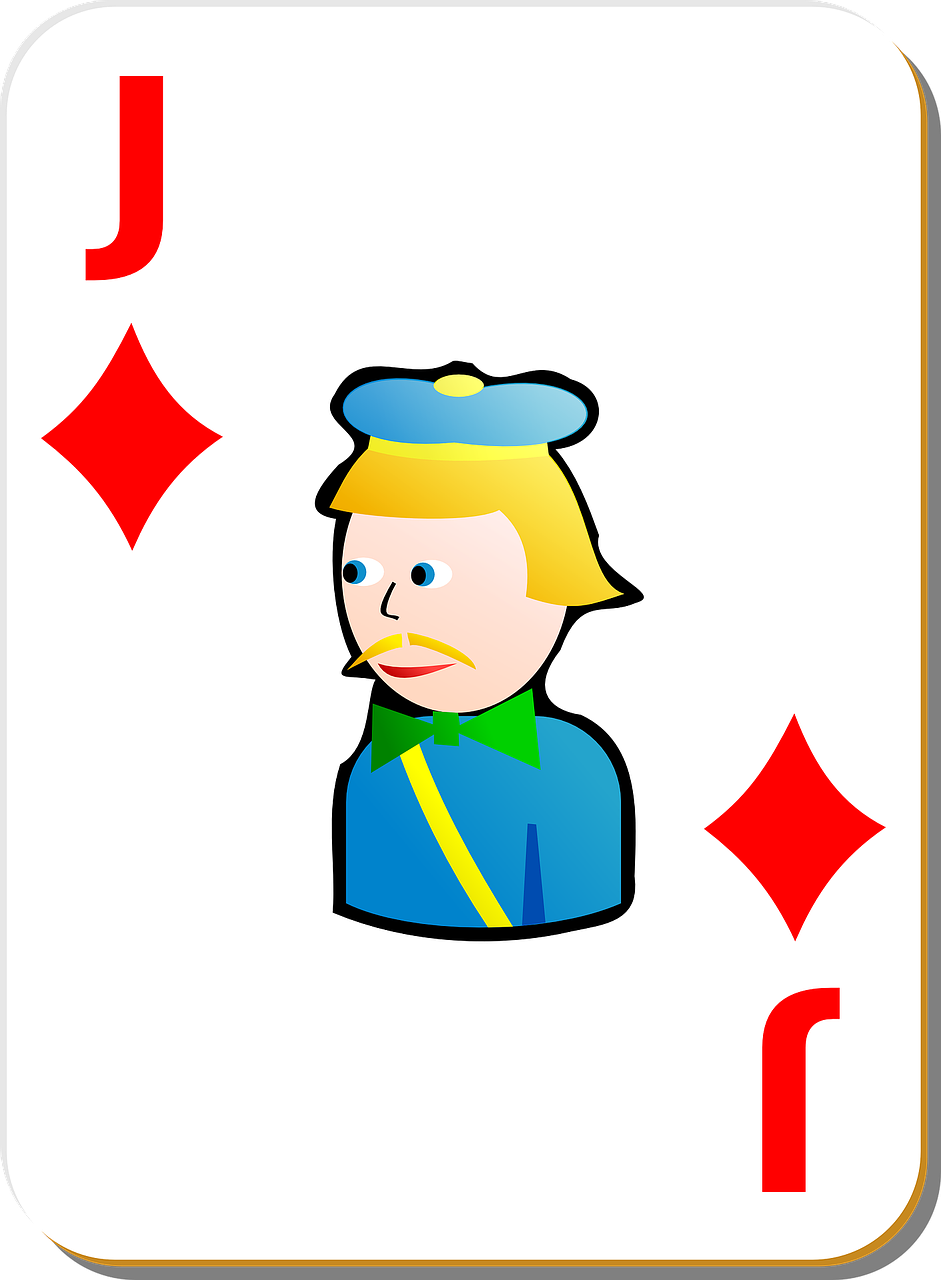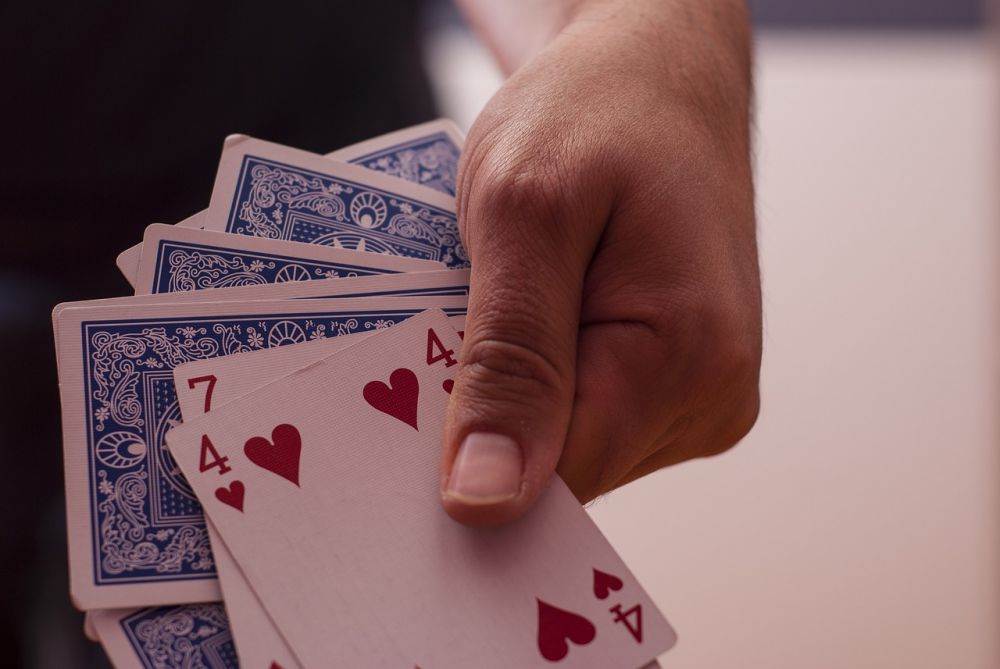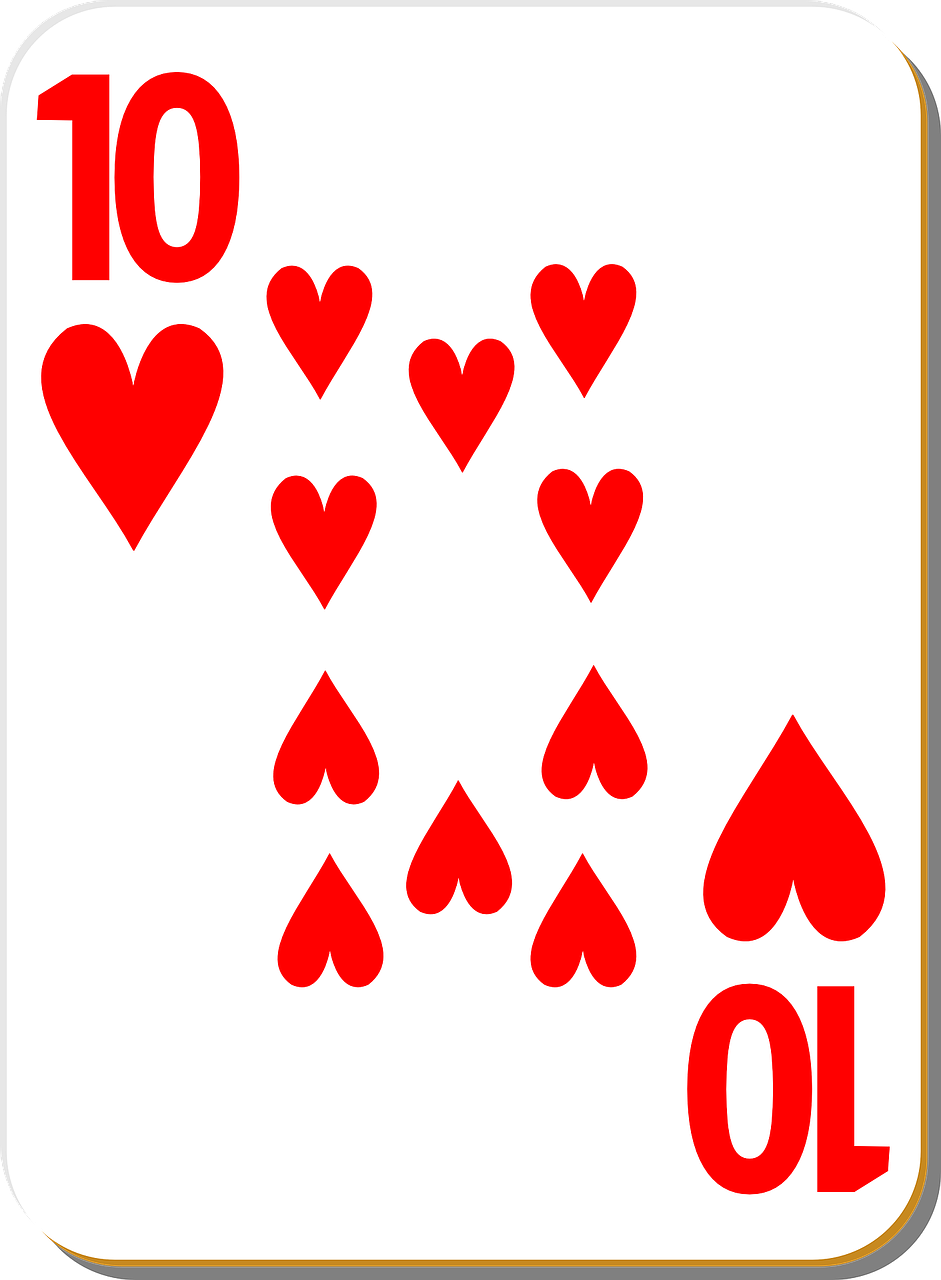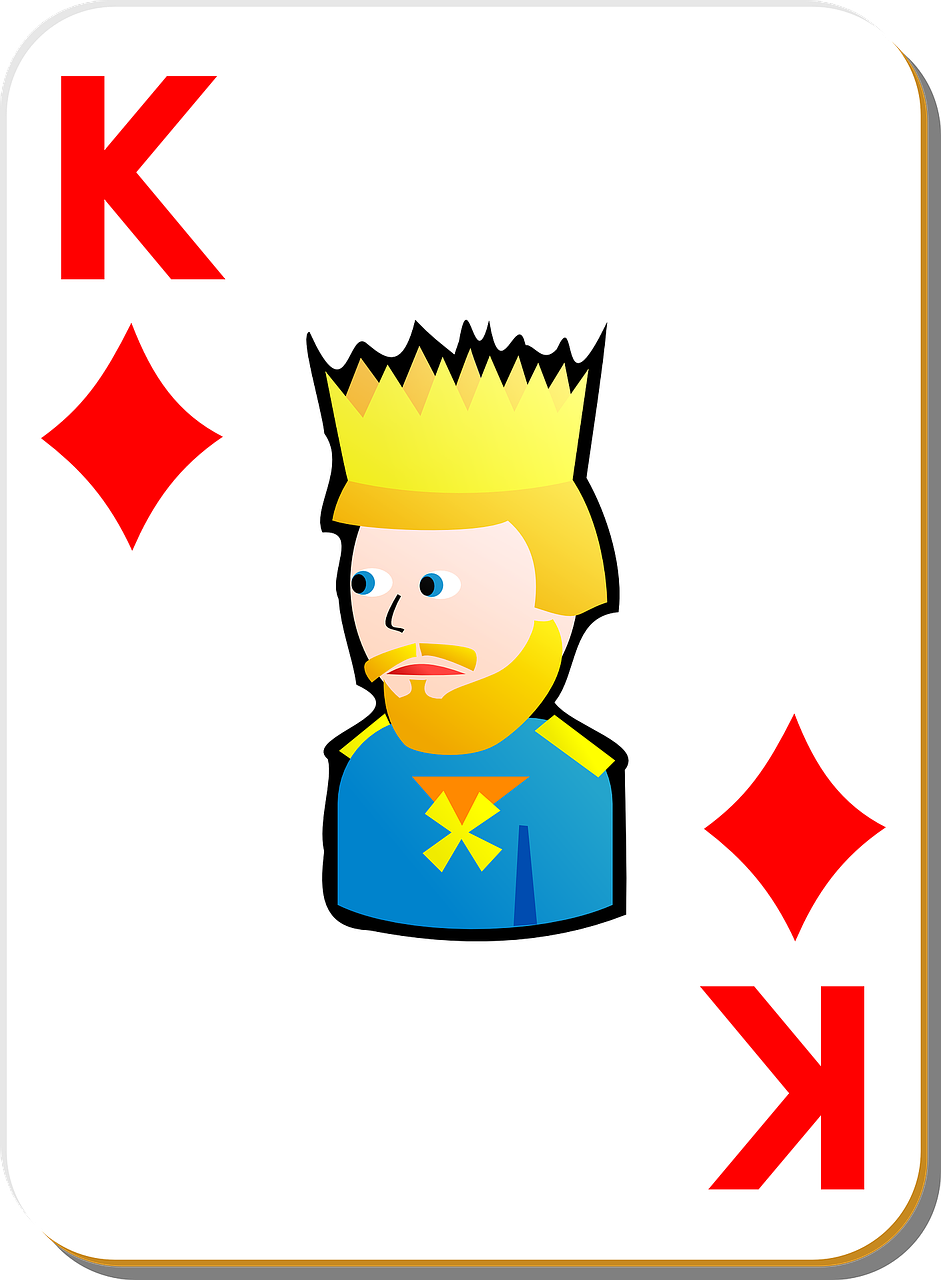Blackjack Strategy: Enhance Your Chances of Winning at the Casino

Introduction:
Blackjack is one of the most popular and exciting casino games, offering players the opportunity to use strategy to influence the outcome. A good understanding of blackjack strategy can significantly increase your chances of winning, making it a must-know for all casino enthusiasts. In this article, we’ll delve into the intricacies of blackjack strategy, its historical development, and provide some valuable insights for players hoping to improve their game.
I. Understanding Blackjack Strategy:

1. Defining Blackjack Strategy:
– Blackjack strategy refers to a set of rules and techniques that players can employ to make informed decisions during gameplay.
– It involves analyzing the dealer’s upcard and making choices based on the probability of achieving a favorable outcome.
– A solid blackjack strategy can help reduce the house edge and potentially lead to long-term profitability.
2. Basic Elements of Blackjack Strategy:
– Knowing when to hit, stand, double down, split, or surrender.
– Understanding the value of each card and how it affects the overall hand value.
– Considering the dealer’s upcard and making decisions accordingly.
– Keeping track of your own card count and adjusting your strategy accordingly.
3. Key Concepts in Blackjack Strategy:
– Soft Hands: Hands containing an Ace that can be counted as 11 or 1 without busting.
– Hard Hands: Hands without an Ace or hands where the Ace cannot be counted as 11 without busting.
– Doubling Down: Doubling your initial bet after receiving the first two cards and receiving only one additional card.
– Splitting: Splitting a pair of cards of the same rank into two separate hands.
– Surrender: Forfeiting half of the bet and giving up the current hand.
II. Evolution of Blackjack Strategy:
1. Early Origins of Blackjack:
– The game of blackjack can be traced back to the early 17th century in Spain.
– Its initial form involved a player trying to reach a total of 31 with three or more cards.
– The game gradually evolved, taking shape in French casinos as “Vingt-et-Un” or “21.”
2. Introduction of Basic Strategy:
– In the mid-20th century, Roger Baldwin, Wilbert Cantey, Herbert Maisel, and James McDermott, known as the Four Horsemen, developed the first basic strategy for blackjack.
– Their work laid the foundation for understanding the statistical probabilities of the game and making informed decisions based on mathematical analysis.
3. Contribution of Card Counting:
– In the early 1960s, mathematician Edward O. Thorp published “Beat the Dealer,” introducing card counting as a method to gain an edge in blackjack.
– Card counting involves keeping track of the ratio of high to low cards remaining in the deck, allowing players to adjust their bets and strategy accordingly.
– Although highly effective, card counting led to countermeasures such as multiple decks, shuffling machines, and increased surveillance in casinos.
4. Modern Developments in Blackjack Strategy:
– With the advancements in computing power, blackjack strategy has become more sophisticated.
– Computer simulations and analysis have led to refined strategies, considering multiple variables such as the number of decks, rules variations, and penetration.
III. Enhancing Your Blackjack Strategy:
1. Learn and Practice Basic Strategy:
– Familiarize yourself with the basic strategy chart, which provides optimal decisions for each possible hand combination.
– Practice using the chart until making the correct decisions becomes second nature.
2. Understand Rule Variations:
– Different casinos may have variations in rules, impacting the optimal strategy.
– Be aware of factors like the dealer’s hitting or standing on soft 17, surrender options, and doubling down restrictions.
3. Master Card Counting Techniques:
– Although card counting is more challenging due to casino countermeasures, understanding its principles can still enhance your strategy.
– Explore different card counting systems and practice to sharpen your skills.
4. Proper Bankroll Management:
– Develop a sensible bankroll management strategy to sustain your gameplay and maximize your chances of winning in the long run.
– Set win and loss limits and avoid chasing losses.
Conclusion:
With its rich history and the ability to employ strategy, blackjack continues to captivate casino enthusiasts worldwide. A solid understanding of blackjack strategy can provide the necessary edge to improve your odds and make your casino experience even more enjoyable. By mastering the basics, staying informed about rule variations, and practicing your skills, you can enhance your blackjack strategy and increase your chances of coming out ahead. Remember, blackjack is a game that requires both skill and luck, and responsible gambling should always be the guiding principle.





